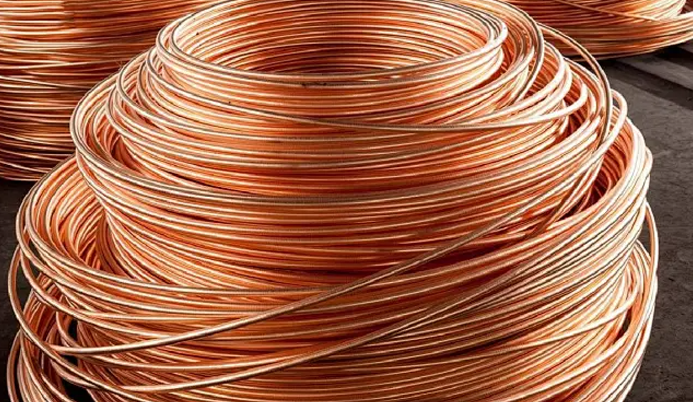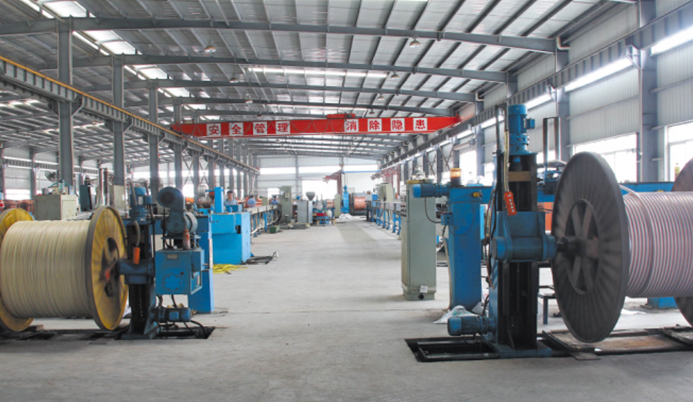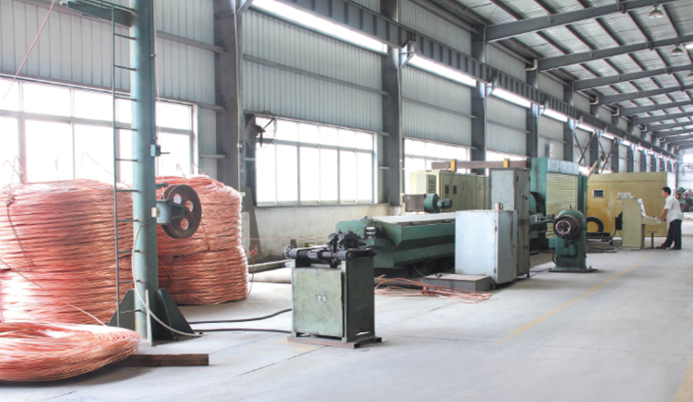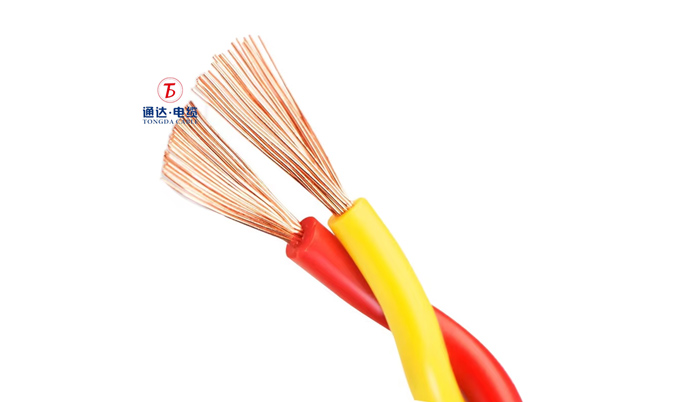Chemical-Resistant Cable is a cable designed for harsh chemical environments. Its core lies in material selection, structural design and adaptation to industrial standards. The following is a comprehensive analysis of its key elements and application scenarios:
1. Material selection and performance comparison
PVC (polyvinyl chloride)
Features: low cost, good flexibility, oil, acid and salt water resistance, applicable temperature range 0°C to 105°C.
Application: non-invasive measurement scenarios, such as ordinary industrial control lines.
Limitations: performance degradation under high temperature or strong oxidizing environment, such as concentrated sulfuric acid (>50%) will cause sheath degradation.
PUR (polyurethane)
Features: high wear resistance, tear resistance, oil, solvent and acid and alkali resistance, applicable temperature -45°C to 80°C.
Application: high humidity or mechanical friction scenarios, such as marine engineering (anti-salt spray) or diesel delivery systems.
FEP (Fluorinated Ethylene Propylene)
Features: Resistant to almost all chemicals, temperature resistant from -45°C to 200°C, suitable for highly corrosive environments.
Applications: Chemical and pharmaceutical industries, such as gasoline storage or highly corrosive media transmission.
PTFE (Polytetrafluoroethylene)
Features: Superior chemical resistance (including hydrofluoric acid), wide temperature range (-80°C to 200°C), but high cost.
Applications: Valve seals or pump cables in extreme environments, such as chemical reactors.
PEEK (Polyetheretherketone)
Features: High temperature resistance (long-term 260°C), flame retardant, acid, alkali and organic solvent resistance (except hydrofluoric acid).
Applications: Sensor cables in power electronics or high temperature environments.
2. Key points of structural design
Shielding layer
Copper braided or aluminum foil shielding layer can resist electromagnetic interference (EMI) and ensure grounding continuity through drainage wires. For example, LH-KYJA23 cable adopts longitudinal wrapping structure to improve shielding effect.
Sheathing process
Use plastic-coated aluminum tape to bond the sheath (such as CC 600 CP cable) to enhance oil and chemical corrosion resistance, and use hot melt technology to reduce the risk of penetration.
Conductor treatment
Copper conductors are tinned or use multiple strands of fine copper wire to improve flexibility, which is suitable for mobile equipment or frequent bending scenarios.
3. Typical application scenarios
Petrochemical
Oil-resistant, acid-resistant and alkali-resistant cables are required, such as LH-YJA series used for power transmission and distribution lines in refineries, which can resist corrosion from aromatic solvents.
Marine engineering
Requires salt spray resistance and UV resistance, such as PUR sheathed cables used for sensor signal transmission in seawater environments.
Food processing
Must meet hygiene standards, such as FEP cables that are both corrosion-resistant and easy to clean when in contact with acidic foods.
New Energy Field
High temperature resistant (above 105°C) cables are used in high voltage systems of electric vehicles, such as battery connection cables with rated voltages above 600V.
4. Standards and Certifications
International standards: IEC 60228 (conductors), EN 50363 (insulating materials).
Industry certifications: UL certification (such as UL 758), RoHS environmental protection requirements.
Test indicators: Chemical resistance tests (such as ASTM D543) verify that the sheath tensile strength change rate is ≤30%.




